Opening day of spring turkey seasonis not that far away. Blink twice, and it will be here. By now, you should have a good idea of where you are going to turkey hunt this spring, so it’s time to start your preseason scouting.
Here are 5 tips for scouting spring gobblers.
1) Observe from a distance
First, it’s time to observe the gobblers in their natural habitat. Visit your hunting area and watch the turkeys from a distance with a good pair of binoculars or a spotting scope.
After observing for a few days, you will start to lay out valuable information such as where your turkeys like to roost, where they’re feeding and watering, where they like to strut, etc. Look for actual turkey tracks, droppings and wing marks in the sand, which indicate a gobbler is in your area strutting for his hens. You’ll want to pay close attention to the areas where you find strut marks, since these strut zones are deadly places to locate and kill more turkeys.
2) Learn your hunting area
You’ll want to know every square inch of your hunting area like the back of your hand, and the best way to do this is with a “boots on the ground” approach. Walk your hunting area. Learn where all the logging roads go, locate all fields and creeks, and pay particular attention to where all the good creek crossings are. Locate all significant water sources as well as any agricultural fields or food plots planted nearby.
Becoming intimately familiar with your hunting areas before the season starts will pay huge dividends during the actual spring turkey season.
3) Keep a journal
Some may think that this is a little overboard, but the better the game plan, the better the chances for success. Whether you’re observing from a distance or actually on the ground walking your hunting area, note what you see. Take special note of the turkeys themselves and their habits.
Logging all this information into your journal and reading back over your notes from time to time is a great way to learn while also allowing you to utilize information you would have forgotten.
4) Listen both early in the morning and late in the evening for gobbling turkeys
This listening is a critical part of the scouting process. Not only does it help locate where the turkeys in the area are roosting, listening in the morning and evening also enables you to take inventory of the number of gobblers on the property. If you hear two over here gobbling, and three over there, then you know you have five gobblers on your hunting spot.
But remember, just because you only hear five or six gobbling birds in the morning does not mean there are only five or six turkeys on your property. Some mornings not all gobblers will talk, which means there are potentially more turkeys on your property that you just aren’t hearing. By listening both early and late in the day, you’ll get a better idea of what is going on at your hunting location.
5) Study topographic maps
This is one of the fastest ways to scout. There is much to learn about an area first before ever stepping foot on the property. By studying these maps, you can see interior fields, creeks, fences, etc. A topographical map is a turkey hunter’s friend. It is no doubt one of the most overlooked tools a turkey hunter has at his disposal. We all would benefit by taking better advantage of studying these maps.
Scouting is critical for finding success in the spring turkey woods. The more you learn and apply information from scouting, the better your chances for success will be this spring!
Good luck scouting! Turkey season will be here before you know it.

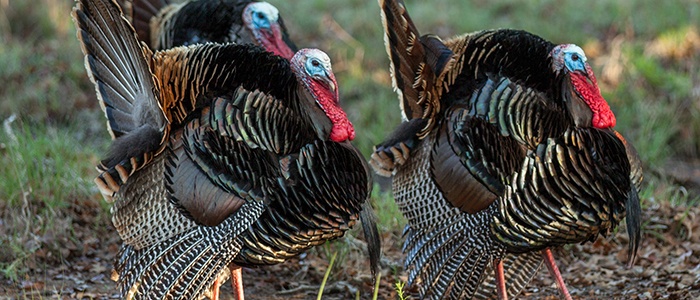
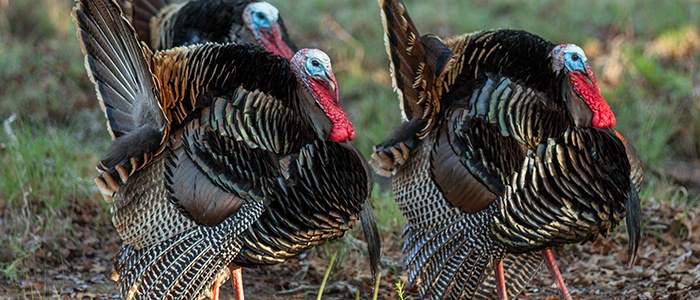

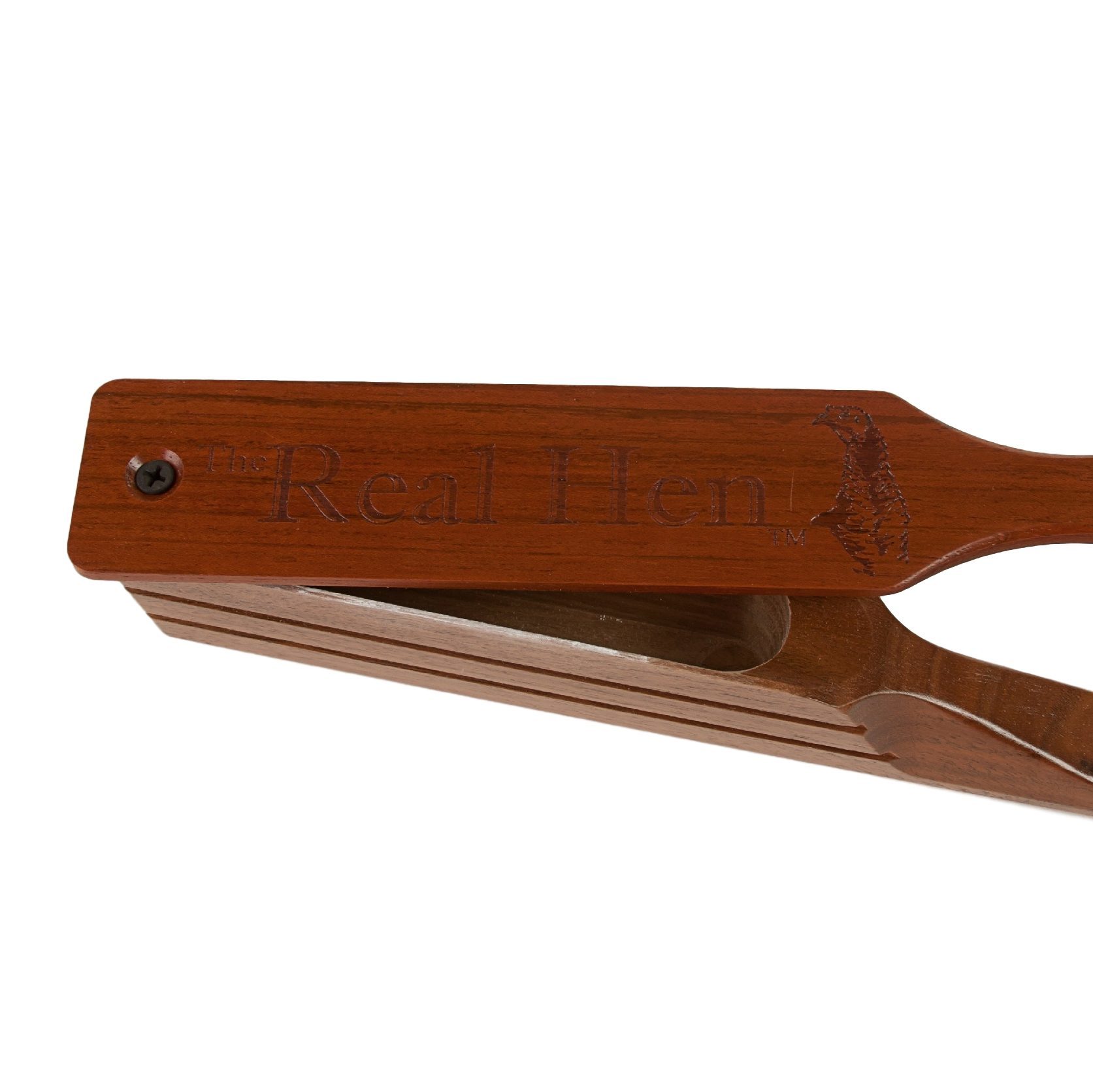 Box Calls
Box Calls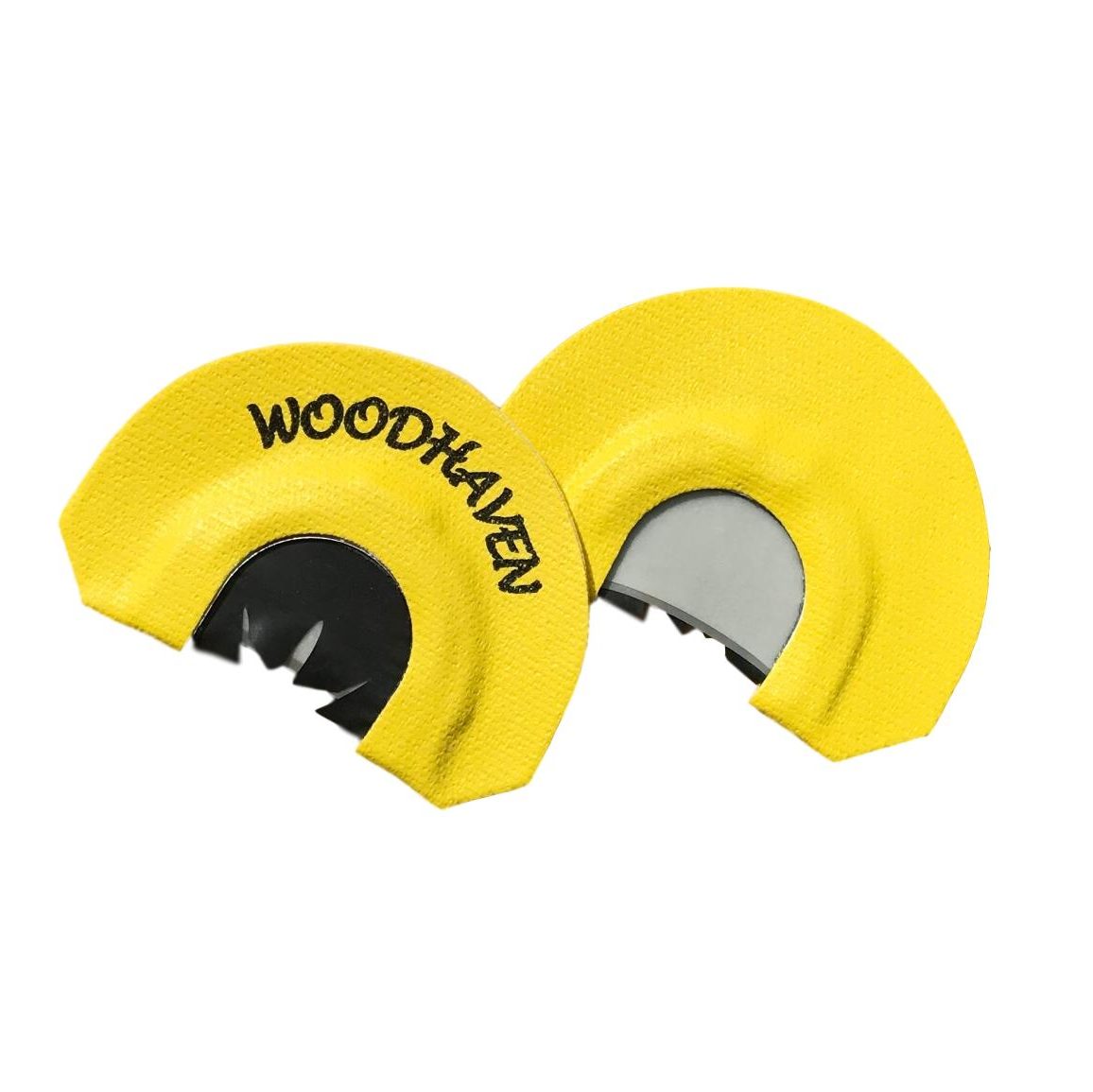 Mouth Calls
Mouth Calls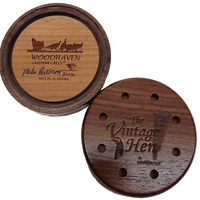 Friction Calls
Friction Calls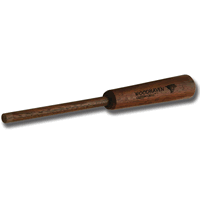 Custom Strikers
Custom Strikers